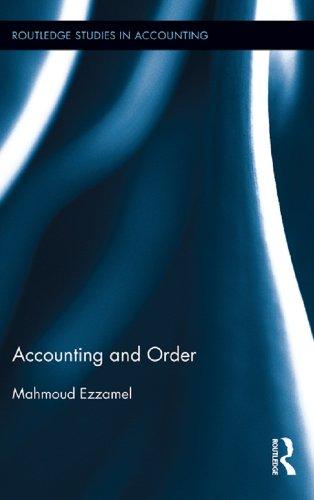Answered step by step
Verified Expert Solution
Question
1 Approved Answer
FINANCIAL PROJECTIONS AND CAPITAL EXPENDITURE OF ELSIES LIMITED Elsies Limited is a nationally recognised supplier of catering equipment. It offers safe and secure shopping via
FINANCIAL PROJECTIONS AND CAPITAL EXPENDITURE OF ELSIES LIMITED
Elsies Limited is a nationally recognised supplier of catering equipment. It offers safe and secure shopping via its online store and its stateoftheart premises in each of the provinces of South Africa. The company offers a wide selection of catering equipment and supplies at competitive prices. The target market includes restaurants, hotels, hostels and spaza shops. Their products carry an industryleading warranty that is backed by good aftersales service and availability of spares. The company was established in with an authorised share capital of ordinary shares of which were issued at R each at the initial public offering in
The financial manager and her team were in the process of forecasting the financial performance for and financial position of the company as of December The starting point was the following figures that were obtained from the financial statements for the year ended December :
The sales amounted to R and the cost price of the goods sold was R Operating expenses totaled R whilst the company tax amounted to R The carrying value of the fixed assets was R whilst the inventories, trade debtors and cash reflected values of R R and R respectively. The ordinary share capital balance remained unchanged since the establishment of the company in whilst the undistributed profits of the company accumulated to R An amount of R was owed to Jip Bank for a longterm loan. The amount owed to trade creditors was R and the company tax payable to SARS was R
The following predictions were made for the financial year ended December :
Sales are expected to increase by Seventyfive percent of the total sales is estimated to be on credit. Company tax will be calculated at of the pretax profit and of this amount is expected to be unpaid on December A final dividend of R is expected to be declared on December and is payable during The unsold shares are expected to be issued on March at R each. The amount owed by trade debtors will be based on a collection period of days. The companys closing inventory and the amount owed to trade creditors are expected to change directly with the change in sales in A new machine with a cost price of R will be purchased during January Depreciation for included in the operating expenses is expected to amount to R R will be paid to Jip Bank during and this amount includes R for interest. The cash balance must be calculated balancing figure
Elsies Limited is considering the purchase of a machine to manufacture some of the spare parts for the catering equipment during The company desires a minimum required rate of return of The machine will cost R plus R for installation and is predicted to have a useful life of five years. A salvage value of R is estimated. The machine is expected to generate cash inflows of R per year but will require the employment of two new machine operators at R per year for each operator, and it will require maintenance and repairs averaging R per year. Depreciation will be calculated using the straightline method.
Question
Prepare the following pro forma statements:
Statement of Comprehensive Income for the year ended December using the percentageofsales method.
Statement of Financial Position as of December
QUESTION
Refer to the investment opportunity for and calculate the following. Ignore taxes. Where discount factors are required, use the four decimals present value tables that appear in the module guide.
Accounting Rate of Return on average investment expressed to two decimal places
Benefit Cost Ratio expressed to two decimal places
Internal Rate of Return expressed to two decimal places Your answer must reflect two NPV calculations using consecutive ratespercentages and interpolation.
Step by Step Solution
There are 3 Steps involved in it
Step: 1

Get Instant Access to Expert-Tailored Solutions
See step-by-step solutions with expert insights and AI powered tools for academic success
Step: 2

Step: 3

Ace Your Homework with AI
Get the answers you need in no time with our AI-driven, step-by-step assistance
Get Started


